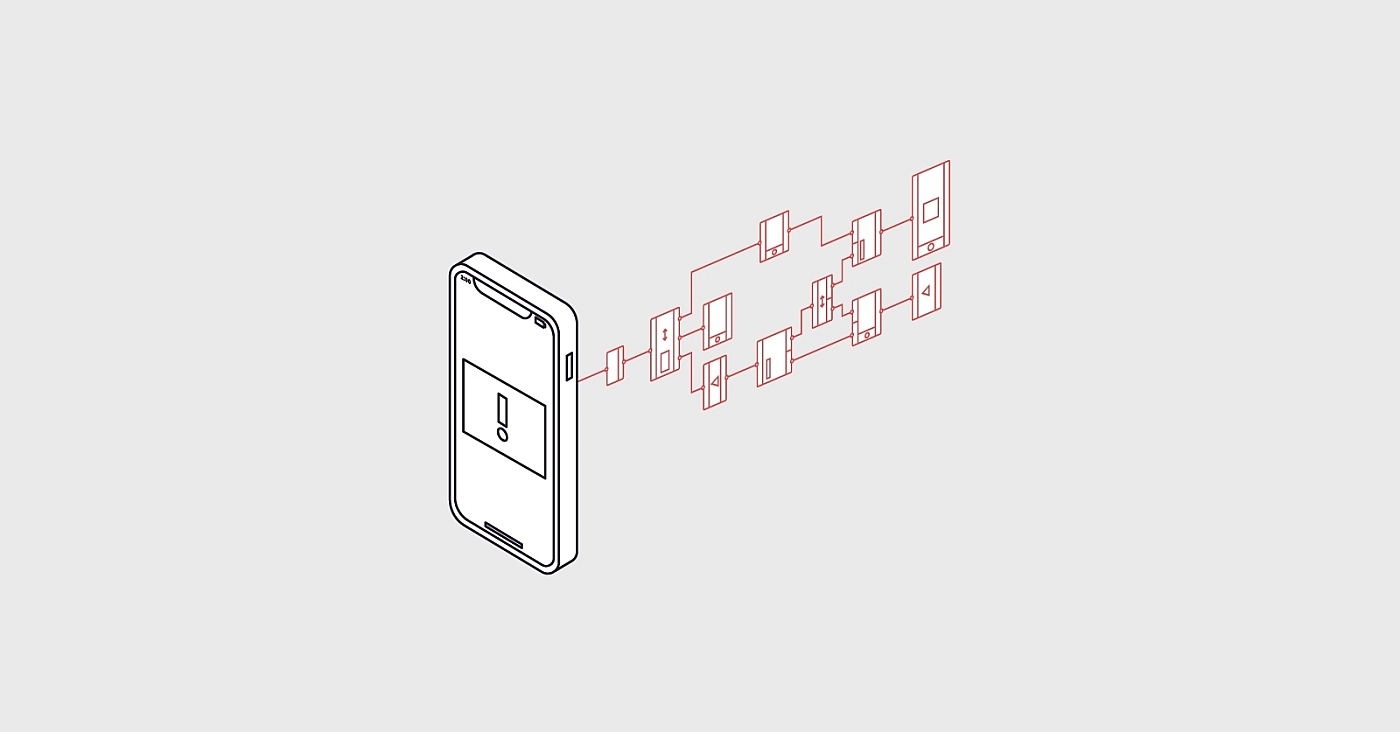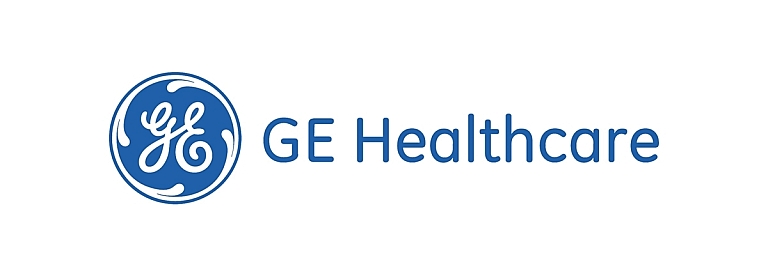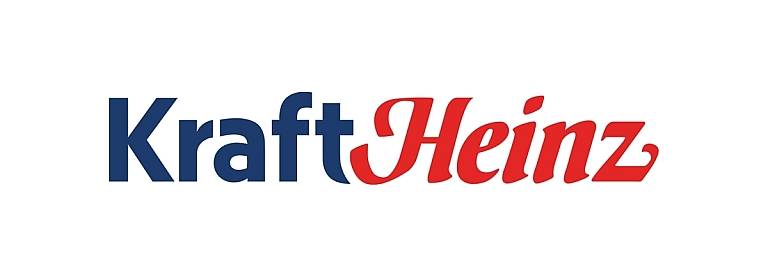When it comes to adopting new technologies to support field service workers, businesses are looking to maximize the value for their money. With this in mind, using a free video calling solution for remote assistance – like WhatsApp, FaceTime, Zoom, and other platforms – can seem like a fast and easy option for communicating with customers, suppliers, and one another.
But in many ways, “free” isn’t exactly free. Being able to avoid upfront costs does not necessarily mean that companies will have a higher ROI in the long term. In fact, with free tools that have no integration to the CRM and FSM solutions used by enterprise organizations, there is no way to track ROI at all.
In this blog, we examine some of the considerations involved in choosing a remote visual assistance solution, including the benefits of making the investment in a comprehensive, customized solution.
What is remote visual assistance?
Put simply, the definition of remote visual assistance is the use of digital tools to connect with customers, employees, or suppliers in the field, bringing remote experts directly to a problem or work order without the need for in-person travel. This can reduce barriers like location and time, as well as mitigate the impact of disruptions preventing physical trips to and from a job site.
Visual assistance platforms are enhanced by technologies that add extra layers of context to what is captured by video. Artificial intelligence (AI), for instance, applies deep learning computer vision to assist field maintenance by identifying products, diagnosing the problem, and proposing solutions.
Augmented reality (AR) puts an interactive, virtual component onto a real-world environment or situation, placing tools like informational text and 3D graphics atop a user’s field of vision. The use of AR has grown exponentially over the last several years, with more than a billion global users projected in 2022 alone.
Integrations are also key to visual assistance platforms, meaning that your remote support tools connect and embed within your CRM and FSM solutions like Microsoft Dynamics 365, Salesforce, SAP, Zendesk, Five9 and more. Through these integrations, service agents and technicians are able to provide seamless service from within their daily technical toolbox – rather than switching back and forth between disparate systems. Data that’s collected is saved directly to case files. Integrations ensure better digital transformation for your team by encouraging widespread adoption and providing real ROI.

The role of digital process automation
Another way visual assistance integrates into business processes is through digital process automation.
Digital process automation (DPA) harnesses technology to standardize workflows, improve performance and mitigate errors that traditionally hold essential functions back.
SightCall’s Digital Flows solution improves efficiency and reduces error. With the help of standardized, step-by-step guidance, including detailed instructions and checklists, technicians and service workers can complete tasks with no ambiguity or confusion.
In a number of ways, digital process automation can expedite issue resolution, contributing to higher first-time fix rates for companies, one of the most difficult key performance indicators to address.
For example, technicians can reduce average handling time by collecting essential information from the customer prior to the start of a virtual session or in-person dispatch. Site visits can be made more successful by guaranteeing that the correct parts, tools, and technicians with certain skills are sent. And with DPA, experts can validate and test customers’ devices prior to conducting a visual assistance call, to determine whether or not the phone or tablet will be an optimal channel for communication.
With an easier way to receive guidance in the field, a number of work orders that would have otherwise failed are successful, ensuring a drastic reduction in the number of unnecessary on-site visits.
Technicians have immediate access to remote experts and can receive live, AR-powered assistance to help them resolve complex tasks from any mobile device or wearable. New technicians are also more effective in the field, with our data showing a 41% decrease in training time post-digitization.
Complexity is removed from traditionally onerous activities with a high risk of costly error, like manual data entry. This means skilled technicians can handle more jobs remotely and work at their maximum potential, regardless of their level of experience or expertise. The company can then more effectively collect, share and deliver service knowledge across the organization. Such information can be subsequently stored and used for employee training, as well as quality assurance, mitigating the challenges caused by company experts retiring or leaving.

What are some strengths of free remote support tools?
If a company chooses to use a tool like WhatsApp, FaceTime, or Zoom in a business setting, they are looking for the most basic functions of face-to-face digital communication. The standard versions of both do not cost companies anything to download and are ubiquitous in most regions of the world.
Apps like these are also used in everyday life outside of business. As such, companies may feel as though they will have an easier time persuading customers to digitally connect with them through a familiar platform.
What are the drawbacks of free remote support apps?
Companies that try to use these apps over the long term may encounter issues such as:
- Privacy concerns and spyware scares, making the use of these apps particularly unsuitable for industries in which data protection rules are strict. For instance, WhatsApp is not compliant with the EU’s GDPR regulations or HIPPA.
- Possible access issues if more than one team member needs to engage with a customer or answer a question through the platforms.
- Lack of integration within existing customer relationship management (CRM) tools and FSM (field search management) tools.
- Limited automation options, making the tool hard to scale. Even simple automation, like chatbots, is not possible through these apps.
- Not necessarily device-agnostic, and dependent on the ability to connect to the internet, 3G, 4G, or LTE data at all times.
- Some platforms also take up too much space on the user’s device.
- No business plans, customer success teams, or service agreements are available to ensure continuity of service in a work environment
These drawbacks mean that companies can find their room for maneuver constrained when it comes to using free tools for remote visual support. In particular, they may experience difficulty or impossibility scaling the tool for standardized use in their operations.
The benefits of SightCall’s remote visual assistance platform
The SightCall platform is distinct in being optimized for visual support use cases. This means that it has the advanced engineering necessary for successful AR-powered video assistance calls, without requiring users to make trade-offs in situations where bandwidth or connectivity is a challenge.
For instance, many inexpensive tools and applications will prioritize a particular call capability like audio, meaning that if a bandwidth challenge occurs, the app will drop the video. It may also drastically reduce the frame rate within the video, allowing for at least some data to pass through, but not at the quality level of a face-to-face conversation.
Because SightCall has been built from the ground up, our tool not only has the ability to offer the best of both worlds in audio and video quality, regardless of geographical challenges or conditions like bandwidth, we also have the ability to make continual, detailed technical modifications to the platform to support customer use cases. The platform can also tailor user experiences through configuration, tailored to the type of troubleshooting that each use case needs.
Lastly, to maximize privacy and data protection, SightCall can be used in an end-to-end encryption manner, well beyond what would be offered on a standard communication platform.
When used together as with SightCall, there are a number of benefits of remote visual assistance, powered by both AI and AR, including:
- The ability to perform actions on mobile devices and instantly receive relevant information with enriched real-world objects.
- The use of devices to record measurements that can be sent directly to a customer relationship management (CRM) system, FSM (field search management) system or case file.
- Dropping digital AR tools onto objects in the real world to show workers or technicians how to perform tasks.
- Being guided in the field by a remote expert, even through complex repairs, with the help of on-screen annotations.
- Information is neither captured nor kept on an app like WhatsApp, but by comparison, SightCall visual assistance platform records it.
In the sections that follow are a few case studies that provide a useful comparison and contrast.

GE Healthcare Example
Challenge: GE Healthcare, a global health technology company, specializes in the engineering and production of diagnostic machinery – including MRI, CT and X-ray scanners.
When troubleshooting an issue during a field maintenance visit was especially complicated, a field technician mobilized one of their peers or a more senior technician to the job site, resulting in multiple trips and increased labor costs applied to a work order. This often caused the affected machinery to be out of use for a period of time while a solution was found.
Even a day without an MRI scanner creates a significant functional barrier for clinics. Patient appointments are delayed or canceled, and the scanner becomes unavailable in the event an emergency arises. GE’s goal was to shorten time on site and improve first-time fix rates.
Resolution: With SightCall AR-powered visual assistance, field technicians were impressed by the reliable video quality and consistent audio and video. They could carry out remote-guided repairs with greater ease and agility, thanks to touchless capabilities using the device of their choice.
Site data, such as product serial numbers, could be fed back to the work order through the OCR tool, with the smartphone camera simply held in front of the desired data to read it, with no manual entry required.
Outcomes: Maintenance turnaround times were shortened to averages of six to eight hours, versus three days prior to the implementation of SightCall. With the average call taking only 40 minutes, the company estimates it has saved hundreds of thousands of dollars in travel costs.

Kraft Heinz Example
Challenge: Safe food practices impact consumers all over the world and are crucial for human health. Despite COVID-19, Kraft Heinz needed to continue the high standards of food safety for consumers, without disrupting a supply chain built on a wide network of suppliers, co-packers, and warehouses.
The company required a remote virtual support system robust enough to be implemented in a variety of specific use cases, and allow for the standardization of both routine and incident-related audits.
Resolution: Deploying SightCall visual assistance, Kraft Heinz leverages SightCall for every step of its visits to/with partners, including suppliers, co-packers, factories, and warehouses.
Before inspections begin, video calls are used to share relevant documents and arrange logistics. During the inspection, expert remote auditors deploy features like flashlight control to get better visibility in dim light, and AR annotations to illustrate recommendations or identify potential issues. With the ability to capture and save photos from live video, they can store visual records of equipment and processes alongside the inspection or audit documents.
Outcomes: Before using video, live visits such as factory tours and inspections could take up to three days to complete, sometimes resulting in multiple visits. This was due to the need to review relevant documents and certifications while on-site – something that can now be done through virtual inspections in advance.
With less travel, simple coordination, quicker resolution times, and the ease of storing documentation, the number of inspections and audits conducted has skyrocketed – with the added benefit for a socially conscious company with a lower carbon footprint.
The benefits of investing in digitization
Visual assistance platforms like SightCall provide greater technological capabilities, business system integrations, and reductions in human error – bringing enterprises a tangible ROI. Within months, the platform can prove its own value in reduced truck rolls, improved customer satisfaction, reduced carbon footprint, reduced human error, and more. Free tools that do not complement, or integrate within, existing systems will often lead businesses to deploy multiple visual assistance solutions that operate in silos, producing even greater inefficiencies.
It can often help managers to make a final decision by seeing each of the products in action. If you are interested in seeing how remote visual assistance would work within your enterprise or use case, contact us today to request a SightCall demo.



